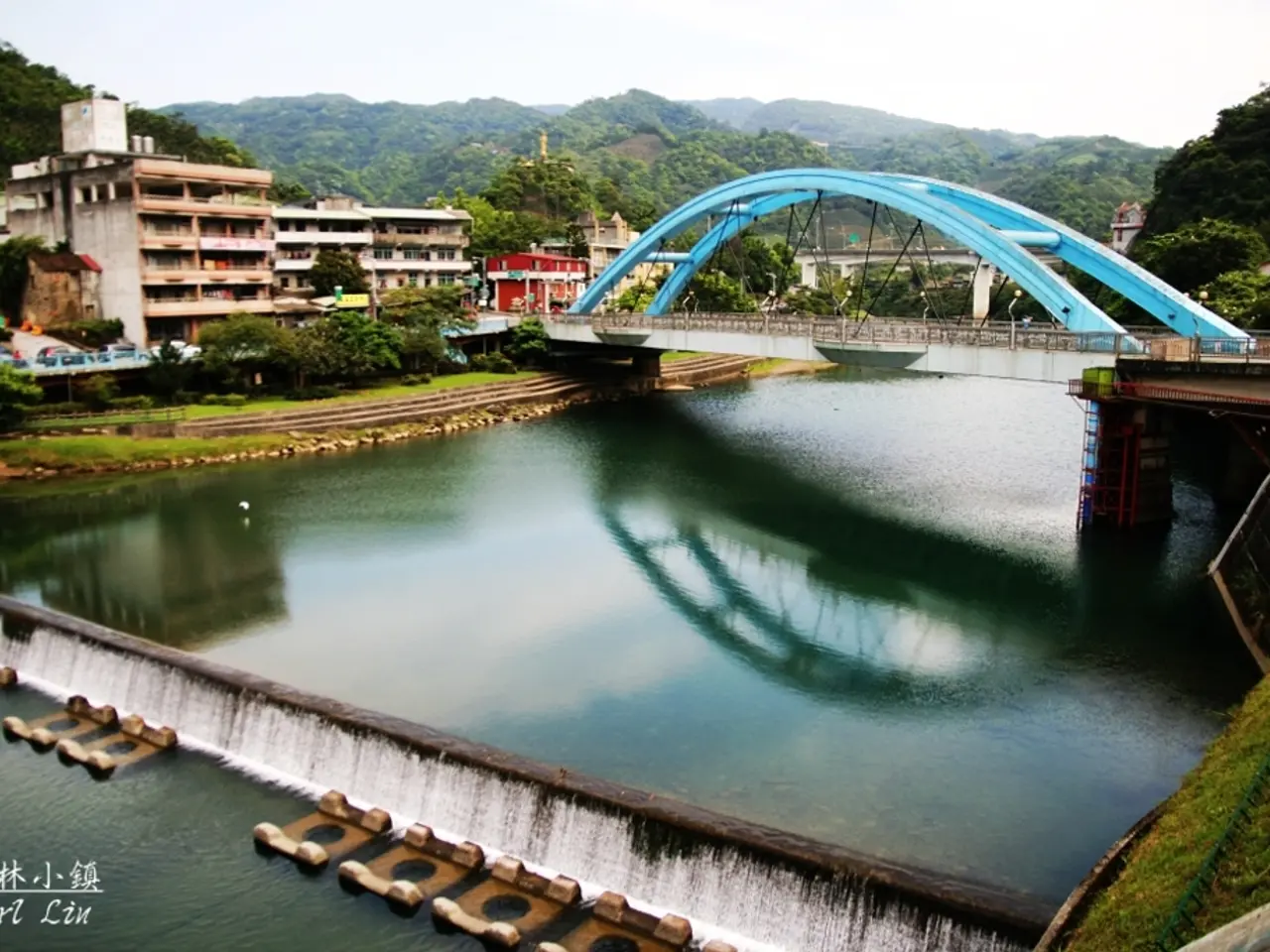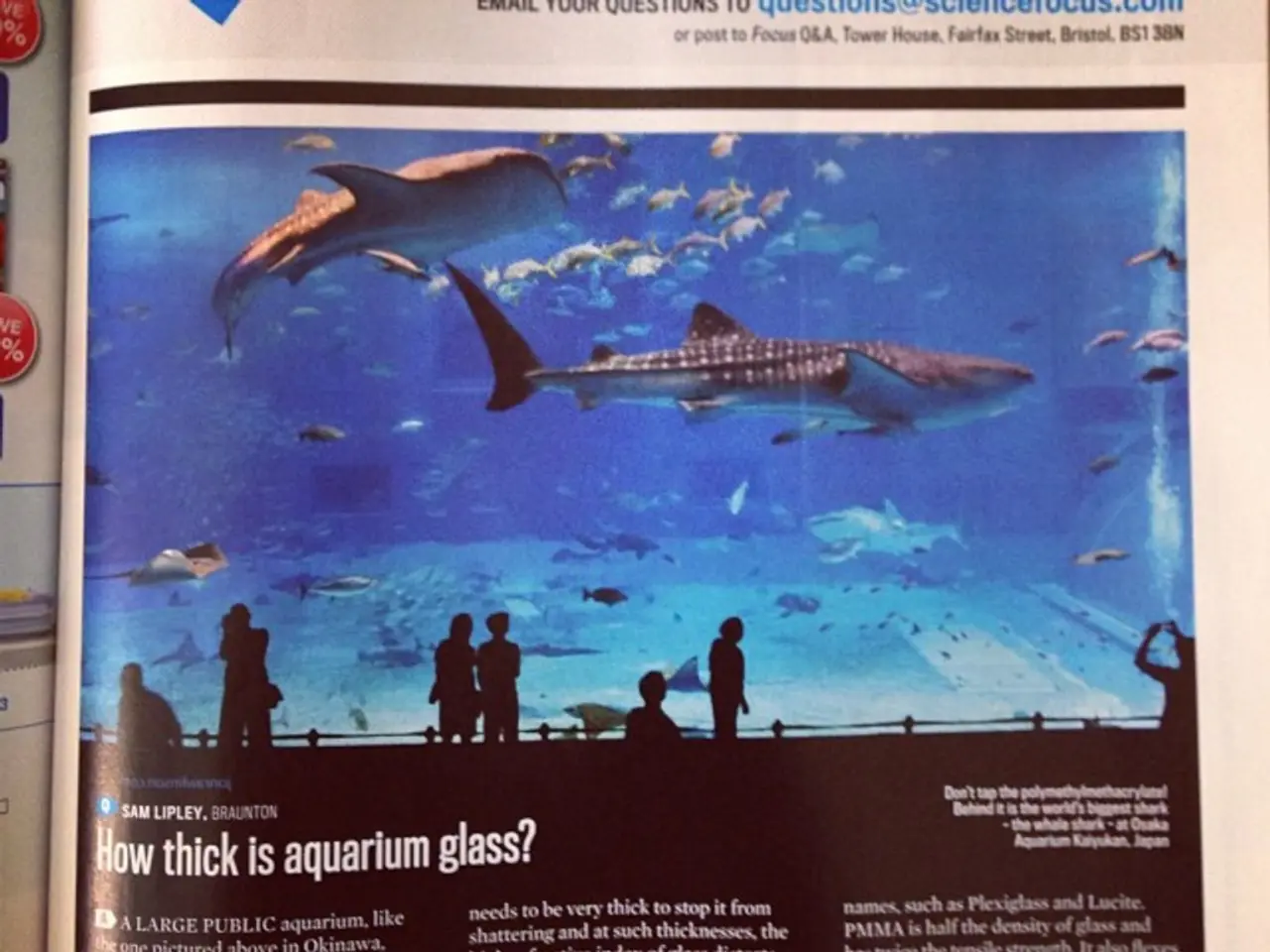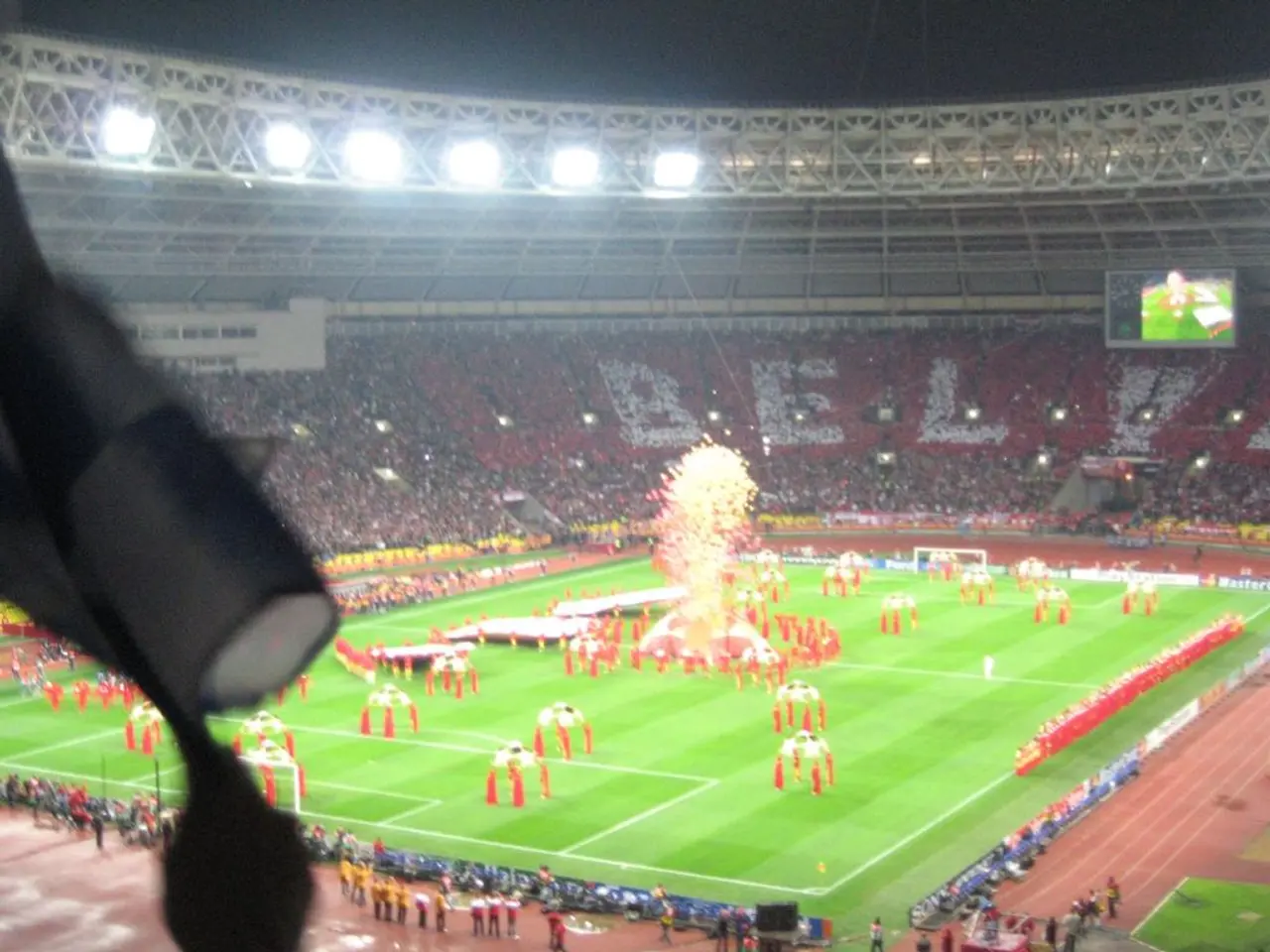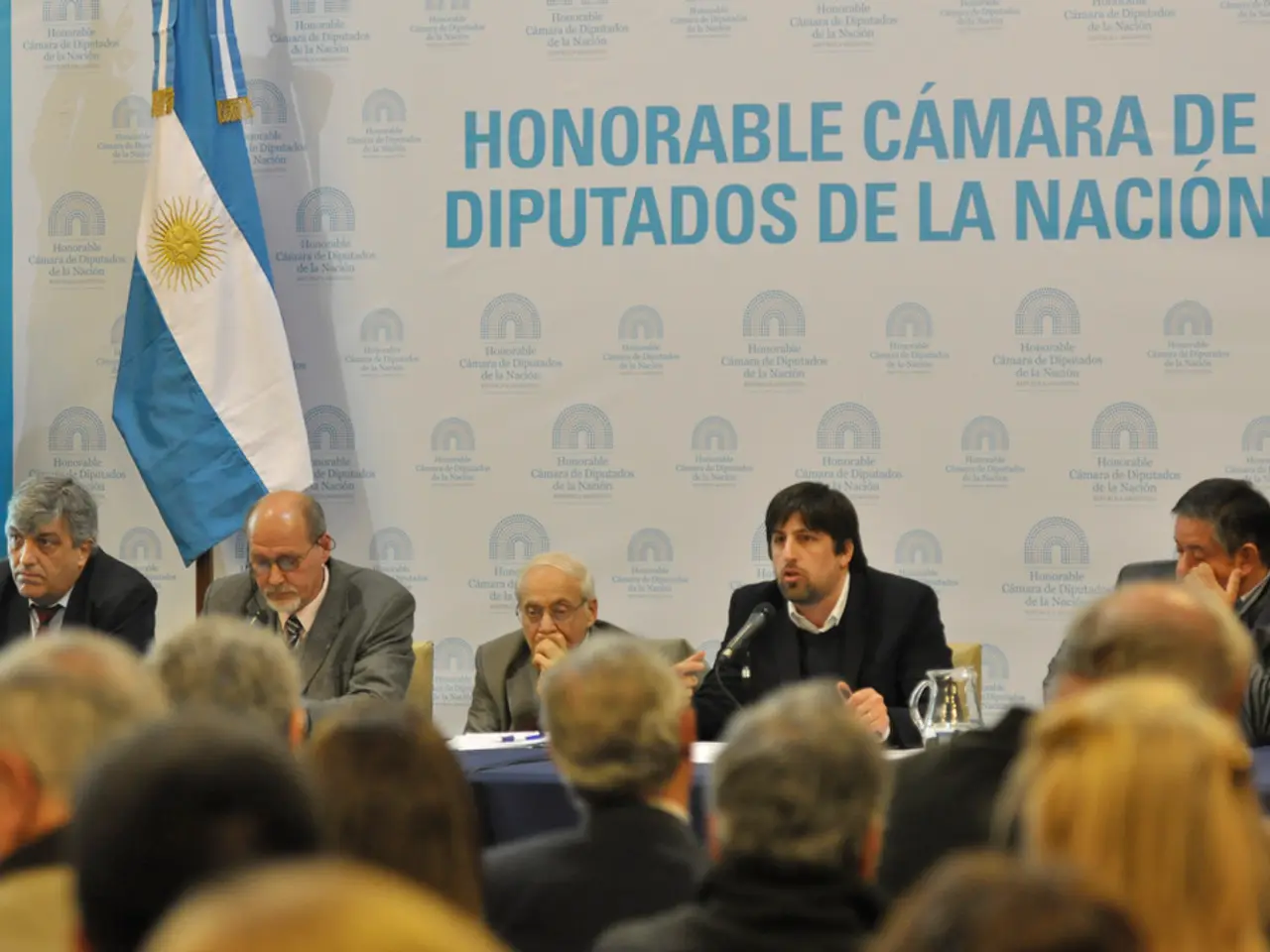Giant bridge projects valued at PHP 12.34 billion are being planned in the Philippines; details on their locations and timelines are emerging.
Philippines Mega-Bridge Projects: Current Updates and Challenges
The Philippines is moving forward with its ambitious plan to connect its 7,641+ islands through mega-bridge projects, aiming to boost tourism, stimulate the economy, and facilitate island-hopping. Here's an update on the key bridge projects and the challenges they face.
Bataan-Cavite Interlink Bridge (Manila Bay Bridge)
Construction for the Bataan-Cavite Interlink Bridge (BCIB) is expected to start in early to mid-2025. The 4-lane cable-stayed bridge, spanning 32.15 kilometers, is estimated to cost around $3.91 billion (about PHP 175.66 billion). Funding for the project is secured primarily through official development assistance: $2.1 billion from the Asian Development Bank (ADB), $1.14 billion from the Asian Infrastructure Investment Bank (AIIB), and the Philippine government providing the remainder. The loan packages have been approved, and initial tranches have been disbursed in late 2023 and early 2024. The project aims to reduce travel time between Bataan and Cavite from 5.5 hours to under one hour, transforming regional connectivity. Challenges include coordinating multi-tranche international financing, securing timely bidding and construction contracts, and handling technical complexity as it will be among the world's longest marine bridges. Delays from earlier expected 2024 start to mid-2025 indicate these complexities.
Panay-Guimaras-Negros Island Bridges
No recent detailed progress or updates have been found for the Panay-Guimaras-Negros Island Bridges. Historically, these projects aim to link the islands of Panay, Guimaras, and Negros to improve regional transport. They face challenges such as complex sea conditions, funding requirements, and inter-island coordination.
Davao-Samal Bridge
No specific recent update or progress report has been found for the Davao-Samal Bridge. This project aims to connect Davao City with Samal Island to boost tourism and ease traffic. The Davao-Samal Bridge is a four-lane cable-stayed or box girder design bridge connecting Davao City to Samal Island via Pakiputan Strait, with a length of 3.98 km. The estimated cost for the Davao-Samal Bridge is around $400 million.
Cebu-Bohol Interlink Bridge
No recent progress has been found for the Cebu-Bohol Interlink Bridge. This bridge is proposed to connect Cebu and Bohol islands, expected to enhance commerce and tourism. The Cebu-Bohol Interlink Bridge is planned to be a four-lane bridge connecting Cebu (Cordova/Olango Island) to Bohol across Danajon Bank Reef, with a length of approximately 25 km. Challenges usually encompass technical feasibility over deep waters and funding.
Sorsogon-Samar Bridge
No new construction or progress details have been found for the Sorsogon-Samar Bridge. This planned bridge would link Sorsogon (Luzon) with Samar (Visayas), significantly improving inter-island transport but facing hurdles such as funding, environmental clearance, and engineering complexity across the San Bernardino Strait. The Sorsogon-Samar Bridge is planned to have 3 long-span bridges or a deep tunnel.
In summary, only the Bataan-Cavite Interlink Bridge currently shows significant confirmed financial backing and imminent construction start in 2025, despite its complex scale and logistical challenges. Other major inter-island bridge projects remain in planning or early proposal stages without fresh updates in this query period. They generally face common issues like high costs, engineering challenges in marine environments, and multi-government coordination.
Business news indicates that the Bataan-Cavite Interlink Bridge is scheduled to begin construction in 2025, while updates on the Panay-Guimaras-Negros Island Bridges, Davao-Samal Bridge, Cebu-Bohol Interlink Bridge, and Sorsogon-Samar Bridge remain scarce. Environmental concerns and funding limitations are common challenges facing these mega-bridge projects in the Philippines. Sports enthusiasts might appreciate the potential for improved island-hopping and tourism boosts once these bridges are completed.








